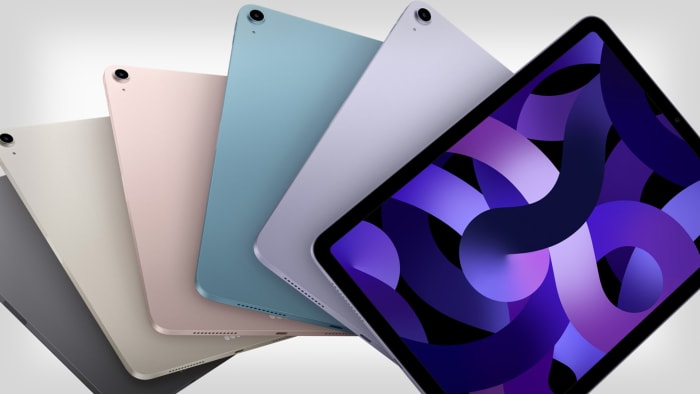It can be risky for a company to bring manufacturing in-house. Take, for example, Tesla (TSLA) – Get Free Report, where (mostly) in-house manufacturing and design was deemed a “key to its advantage” during the pandemic, when many other car companies struggled with demand constraints and supplier issues.
On the other hand, outsourcing everything from talent to hardware, as is the case with Uber (UBER) – Get Free Report or DoorDash (DASH) – Get Free Report, can eliminate costs and expedite scalability.
There are benefits and drawbacks to bringing things in-house. While incredibly costly and resource-demanding, it can protect proprietary information and puts much of the power (and bottom line) back into a business.
We can only go so long discussing large operating expenses and proprietary goods without mentioning the 800-pound gorilla in the space — Apple (AAPL) – Get Free Report — so let’s dig in.
Hardware Is Hard Work
As is the case with countless hardware companies, manufacturing said hardware can be a really fickle business. If you outsource the task to suppliers, you risk mistakes, quality issues, and intellectual property theft. If you bring manufacturing in-house, it can quickly put a drain on resources and employee time.
Apple, which is in both the hardware and software space, makes its hardware in several different countries. Rather, Apple designs and sells its products, but other companies actually make its products. The iPhone battery, for example, typically comes from China, the accelerometer comes from Germany, the camera comes from Japan, and the audio chips come from the U.S.
At least, that’s how it’s been. Let’s talk about where it may be going.
Apple Moves to In-House Manufacturing
As it stands right now, most of Apple’s screen displays are made by fellow smartphone companies Samsung (SSNLF) and LG (LG) . The partnerships have worked; few iPhone users probably even realize their screens are made by a competitor. But competition in the smartphone space is fierce, and with a record number of folks switching from other operating systems to iPhone last year, Apple is ready to tighten the screws (so to speak).
Starting in 2024, Apple will make the transition over from OLED (organic light-emitting diode) screens to proprietary, Apple-made screens. They’ll be called microLED screens and will be tested first on the pricier Apple Watch models first. If all goes well, iPhones should receive microLED screens shortly thereafter.
Apple Recently Spent Over $1 Billion on its 5G Venture
No stranger to spending and receiving large sums of cash, Apple made a similar move in 2019 when it purchased most of Intel’s smartphone modem business. The move is intended to bring chip making in-house after years of its hot and cold relationship with chipmaker Qualcomm (QCOM) – Get Free Report.
“Combining the acquired patents for current and future wireless technology with Apple’s existing portfolio, Apple will hold over 17,000 wireless technology patents, ranging from protocols for cellular standards to modem architecture and modem operation,” an Apple press release said.
The pre-pandemic acquisition cost Apple around $1 billion. No word on how much it’ll cost for the tech giant to make its own screens, but as Apple is famous for sparing no expense, you can bet it’s going to be pricey.





